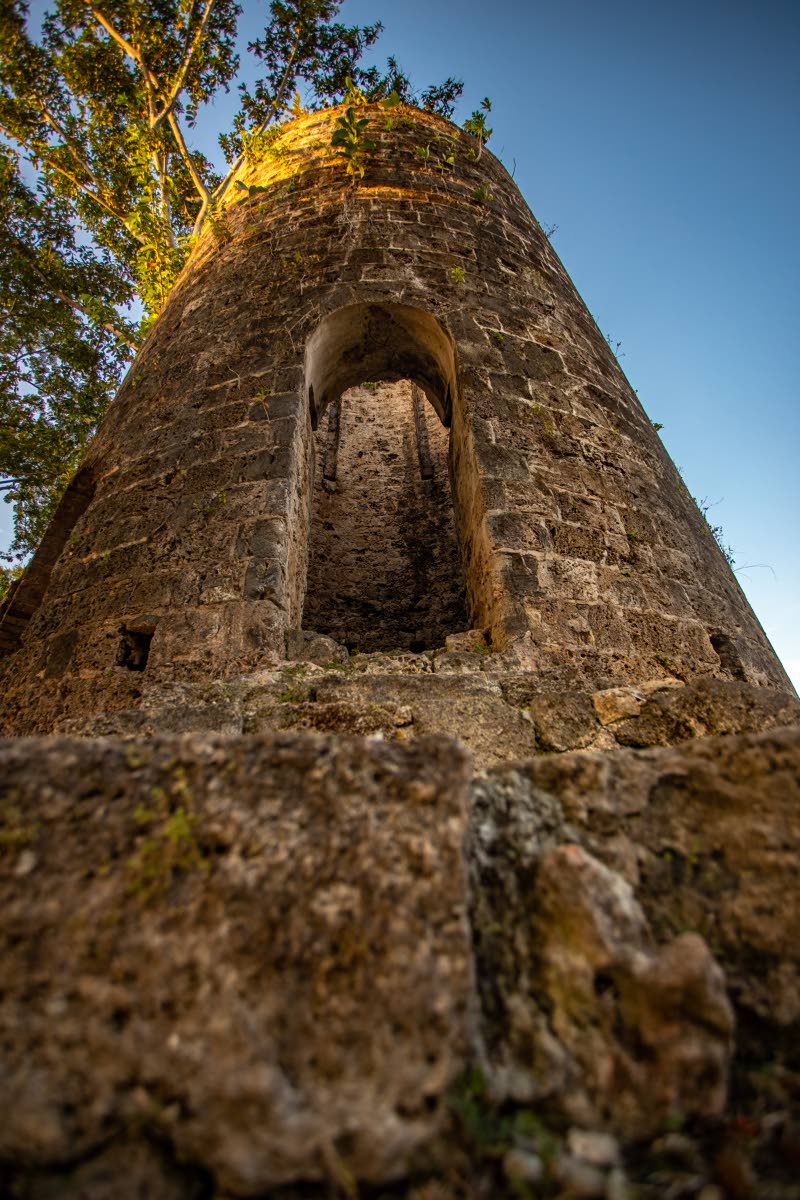The remnants of an old sugar mill near Golden Grove Road in Buccoo, Tobago, stand as a stark reminder of the island’s colonial past. The establishment of sugar plantations in the British Caribbean colonies was driven by the lucrative global demand for sugar, which spurred heavy investments in the industry. However, this economic boom came at a devastating human cost: the transatlantic trafficking of enslaved Africans to meet the insatiable demand for labor. Despite the fervor of plantation owners, the imbalance between the white and black populations posed significant challenges, leading to the enactment of the Deficiency Laws in an attempt to mitigate the risks of rebellion. These laws, however, failed to achieve their intended balance. By the early 19th century, Tobago’s sugar industry was in decline, and the island faced economic turmoil. The abolition of the British slave trade in 1807 further exacerbated the situation, reducing trade and increasing operational costs. In response, Tobago’s administrators implemented strategies to increase the white population, including fines for non-compliance and bounties for exceeding quotas. They also sought to co-opt the ‘coloured’ population, leveraging their social ambitions to maintain control. Despite these efforts, the population ratio remained unchanged, leaving a legacy of racial inequality and economic decline.
